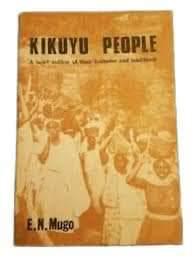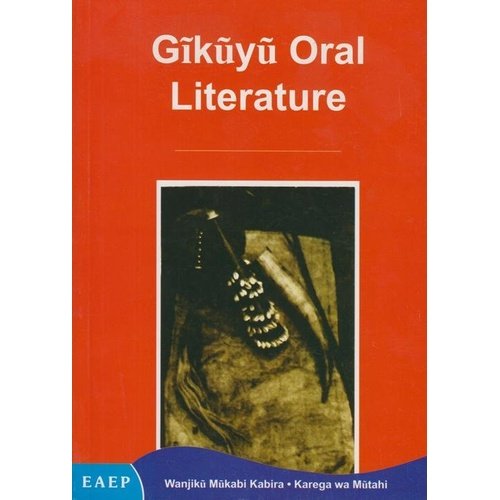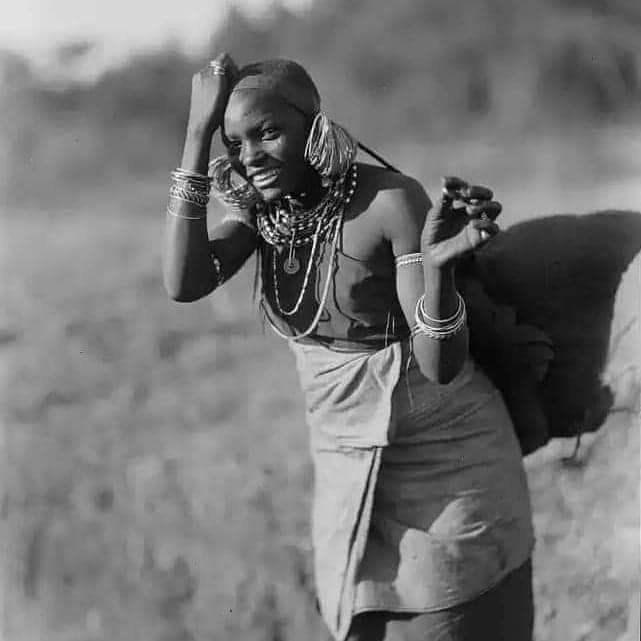
Our Saturday 13th November lesson is here! This is part one of our series on Marriage as it was practiced among the Agìkūyū. We will have several other parts handling matters single motherhood, divorce, polygamy, and much more. We hope you learn, re-learn, and un-learn.💥💥
Marriage as understood and perceived...
In part one of this long series of marriage as it was practiced among the Agìkūyū, we will elaborate how the Agìkūyū understood and perceived marriage and marriage life.
In part one of this long series of marriage as it was practiced among the Agìkūyū, we will elaborate how the Agìkūyū understood and perceived marriage and marriage life.
It is important to note that the process of initiation was MAINLY directed toward marriage and procreation. Marriage among the Agìkūyū was, similar to other African communities, understood to be the institution that makes possible the practical expression of fecundity.
It was the acceptable social structure for transmitting life. Therefore, all forms of marriage and it's rituals were intended to assure that procreation occured according to the wishes of God ( Ngai), and the Ancestors (Ngomi)
When a man and woman entered matrimony, procreation was to them their first honorable and sacred duty.
It is important to note that there were also many types of legal union between a man and woman but not all of them ranked as marriage.
It is important to note that there were also many types of legal union between a man and woman but not all of them ranked as marriage.
However children resulting from such unions were always legalized.
Another interesting fact is that Traditionally, paternity did not matter much. A couple could agree and arrange for an "out sourced" child especially when a family had
Another interesting fact is that Traditionally, paternity did not matter much. A couple could agree and arrange for an "out sourced" child especially when a family had
the misfortune of losing children by death or had sickly or deformed ones. An outside child was an asset and not a burden. The Agìkūyū value of the children superceeded blood paternity.
In building ones family, the Mbarì(
clan) of ones father would also be extended.
In building ones family, the Mbarì(
clan) of ones father would also be extended.
This was a deeper way of strengthening the whole community. Therefore, marriage was not only a family/families affair but to a large extent a clan affair.
How did marriage among the Agìkūyū happen? Start?
There were alot of opportunities for boys and girls to interact.
How did marriage among the Agìkūyū happen? Start?
There were alot of opportunities for boys and girls to interact.
Right from little play time during childhood, story listening time, In seasons such as harvesting, in ceremonies such as circumcision songs, dances and many more. The choice of a mate was left to the individuals. There were very few cases of hasty marriages because
all through opportunities to get well acquitted with those of the opposite sex were provided through close social intercourse. Through songs, dances, Nguìko, and other communal gatherings young men and women met. Finding a mate was easy.
Also there was no come we stay. Ehe. Strictly no cohabitation. All things Marriage had to follow this process. You would not live together first then inform the parents. It was the parents,then clan, then the Ūgūrani then the marriage.
The Marriage Proposal
As soon as a man decided that he wished to marry, he had to go his own sugarcane garden and cut canes, got his mother and sisters to help him prepare sugarcane beer which was brewed in his mother's house.
As soon as a man decided that he wished to marry, he had to go his own sugarcane garden and cut canes, got his mother and sisters to help him prepare sugarcane beer which was brewed in his mother's house.
In the early morning of the day after the beer was set to brew, as the head of the family, the father made an offering of part of beer to the ancestral spirits ( Ngomi.) It is also Important to note that at the family level, the father was the resident priest.
It is he who led the family into prayers and on behalf of his family offered sacrifices. Therefore he had to be consulted by his wife and children in all matters especially those that had a direct effect of or end to ritual.
All along, the father knew why his son was brewing the beer. But he didn't ask him directly until the son presented the beer to him. By presenting the beer to the father, the son was asking for his father's blessings to marry. When the father gave his consent he would ask his
son to call a few relatives and friends and ask them to drink the beer with him.
The father's consent was very important. Sometimes he wouid reject the girl chosen by his son. Albeit in few circumstances.
The father's consent was very important. Sometimes he wouid reject the girl chosen by his son. Albeit in few circumstances.
One of the biggest reason a father would reject the proposed girl was if she came from a family that had a feud with him, or a family that had history of curses or witchcraft. He would tell his son " If you wish to marry from that family, you must find the necessary payment
( Rūracio) yourself, for my family will not give you any help. In such a case the young man would abandon the girl and look for another one.
Njohi ya Njūrio ( Beer for asking the girl's hand/the popping the question beer)💥
Njohi ya Njūrio ( Beer for asking the girl's hand/the popping the question beer)💥
When he had his father's blessings, the young man, accompanied by two of his close friends would first pay the girl he wanted to marry a visit. He would enter her mother's hut. After exchange of pleasantries, the mother would offer then some refreshments then leave.
One of the friends acted as a spokesperson and would let the girl know that the young man was in love with her and would like to be adopted in their home. Sometimes they would make 3 visits of this nature before the girl accepted or rejected the proposal.
Girl accepts proposal
If the girl accepted the proposal, the young man would report to his parents. It is at this point that Njohi ya Njūrio ( the proposal beer/the popping the question beer) was prepared to be taken to the girls parents.
If the girl accepted the proposal, the young man would report to his parents. It is at this point that Njohi ya Njūrio ( the proposal beer/the popping the question beer) was prepared to be taken to the girls parents.
It was carried in two calabashes, one big and the other small.
When the parents of the two parties met, they did not discuss matrimony immediately. There was several other friendly conversations that ensued over a meal.
When the parents of the two parties met, they did not discuss matrimony immediately. There was several other friendly conversations that ensued over a meal.
After sometime, the girl was called, after being introduced she was asked if she agreed to become engaged. She could not answer directly so she was asked to fetch a particular horn used for beer drinking, then filled it with beer and handed it to her father who,
after sipping a little and spitting out, sprinkled some on his chest. He then handed it over to his wife who did the same. The horn was filled a second time and handed over to the boy's parents who repeated the same procedure. In each case, the girl took a sip first as
a sign of consent. If the girl disapproved, she would not pour the beer nor take the first sip. The visiting parents would go away.
When the parents' initial ceremony was concluded and the girl willing to be engaged, close friends were invited and the beer was shared among them
When the parents' initial ceremony was concluded and the girl willing to be engaged, close friends were invited and the beer was shared among them
To conclude this ceremony, a prayer of Kūrathimithia ( to seek blessings) and progress for the two families. The boy and his parents would then leave.
This beer drinking was really a feast at which the betrothal of the girl to the young man was formally announced
This beer drinking was really a feast at which the betrothal of the girl to the young man was formally announced
to the members of both families and also to the public, since then the matter would become common knowledge.
Sources of this kĩrĩra
✓ Oral tradition - Our consultant elders
✓ The southern Kikuyu before 1903- L. Leakey
✓ Facing Mount Kenya- J Kenyatta
✓ Kĩrĩra kia Ūgikūyū -


Sources of this kĩrĩra
✓ Oral tradition - Our consultant elders
✓ The southern Kikuyu before 1903- L. Leakey
✓ Facing Mount Kenya- J Kenyatta
✓ Kĩrĩra kia Ūgikūyū -



Registration for our February Gìkūyū language online classes is open until January 8th. Please book your slot early.
We are still selling the set of 6 books for those eager to learn and teach their kids
We also have the book A people called the Agìkūyū at 3,700. Place you order


We are still selling the set of 6 books for those eager to learn and teach their kids
We also have the book A people called the Agìkūyū at 3,700. Place you order



Also take advantage of our end of year sale currently on and ends 31st December. Huge discounts on selected books.
These are now 400 each



These are now 400 each




• • •
Missing some Tweet in this thread? You can try to
force a refresh












































